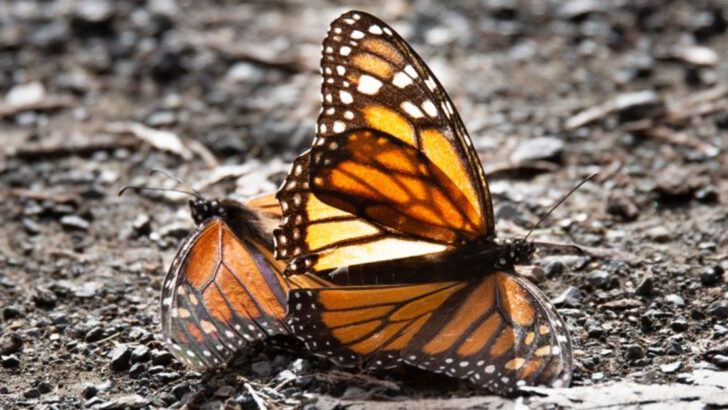It’s one of the longest migrations on Earth—and it’s done by a creature that weighs less than a paperclip. Every fall, millions of monarch butterflies launch a 3,000-mile journey from Canada and the U.S. to the mountains of Mexico. No maps. No second chances. Just wings, wind, and sheer willpower. But the road is brutal. They face storms, predators, traffic, and shrinking habitats. Each mile brings new dangers—and fewer make it back every year. This isn’t just a beautiful migration. It’s a race against time, weather, and human impact. Here’s how the monarch pulls off this impossible journey—and what’s putting it at risk.
The Remarkable Migration Route
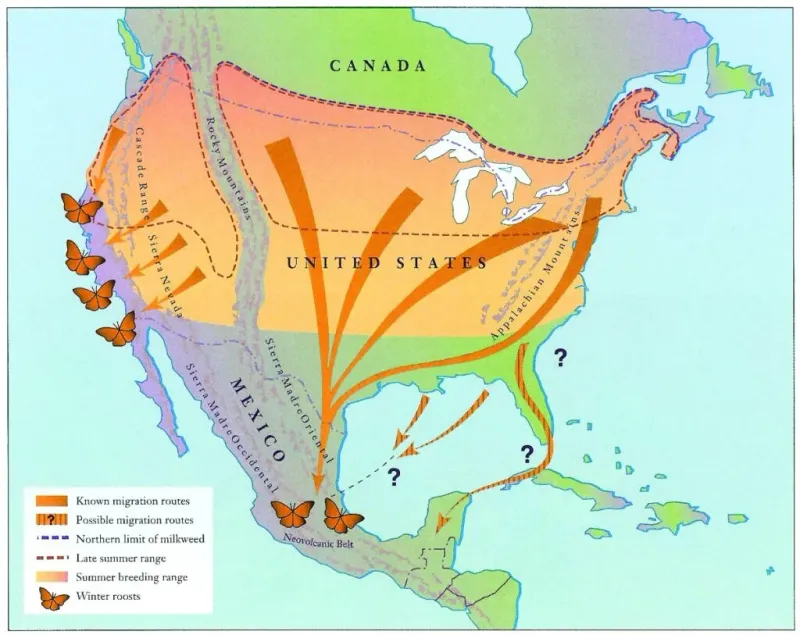
The Monarch Butterfly’s migration route is a marvel of nature. Spanning thousands of miles, it starts in Canada and the northern United States, leading to the central mountains of Mexico. This journey isn’t just a straight path; it involves navigating wind patterns and geographical landmarks. Imagine a delicate butterfly, with wings as thin as a whisper, braving vast distances and unpredictable weather. Their ability to find their way to a place they have never been is still a mystery to scientists. The sheer scale and complexity of this journey inspire awe and admiration.
Generational Relay Race
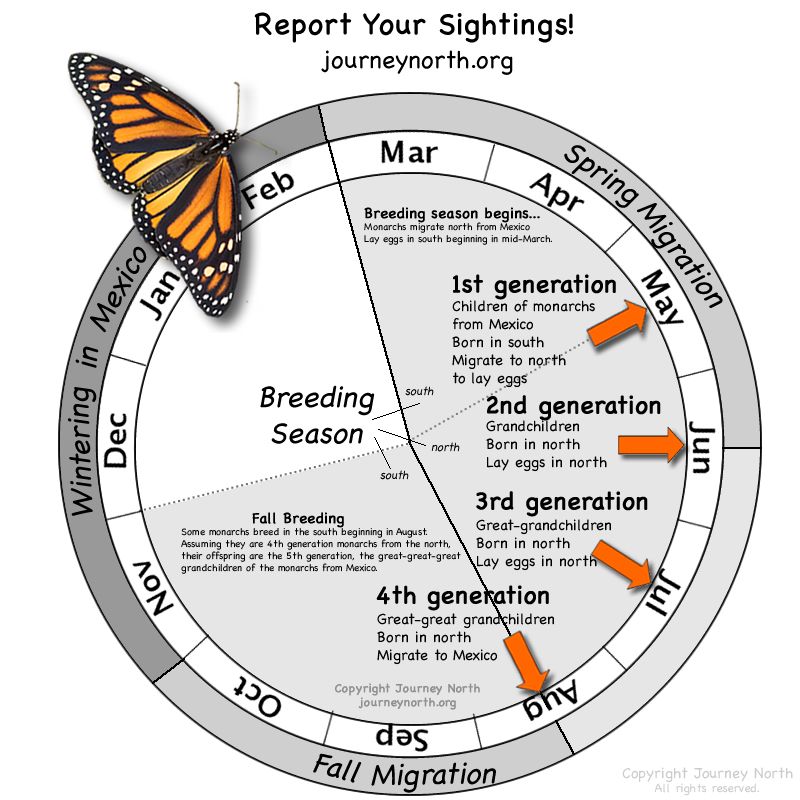
The Monarch migration is not completed by a single butterfly. Instead, it takes several generations to complete. Each butterfly flies a segment of the journey, lays eggs, and then passes on the baton to the next generation. This generational relay is a testament to the species’ perseverance and adaptability. Picture a relay race where the participants are tiny, fluttering athletes, each performing their part with impeccable timing. As the last generation reaches Mexico, they rest and prepare for the journey back north, continuing the cycle of life and migration.
Perils of Climate Change
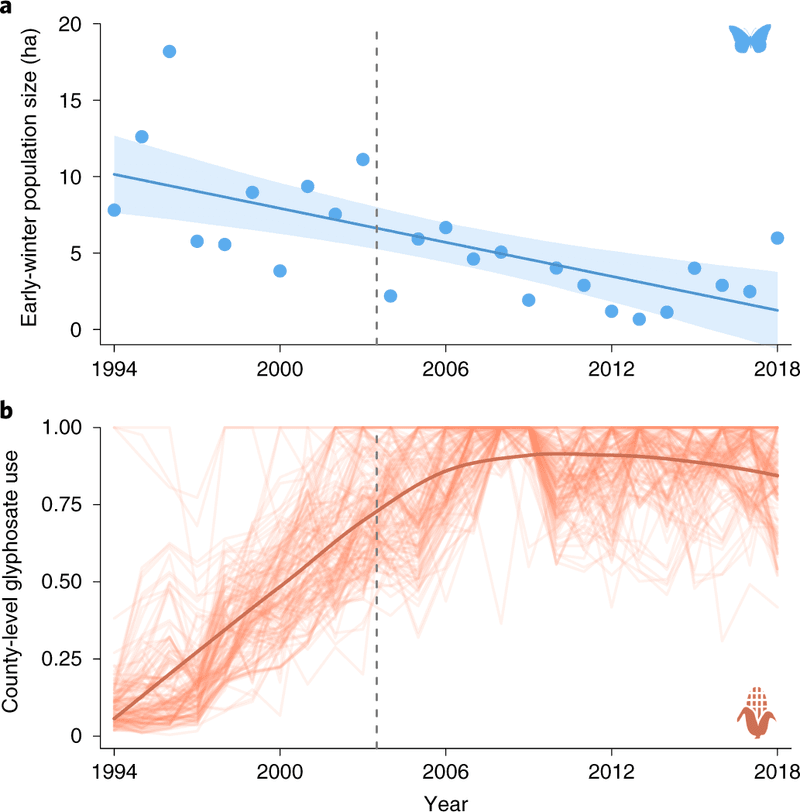
Climate change poses a significant threat to Monarchs. With changing weather patterns, extreme temperatures, and unpredictable storms, these butterflies face new challenges every year. The delicate balance they rely on is disrupted, making their journey increasingly perilous. Visualize a Monarch caught in a sudden storm, its wings battling against harsh winds and cold. These extreme conditions can affect their survival, breeding, and migration patterns. The relentless march of climate change continues to threaten this majestic species, highlighting the urgent need for global environmental action.
Habitat Loss Tragedy
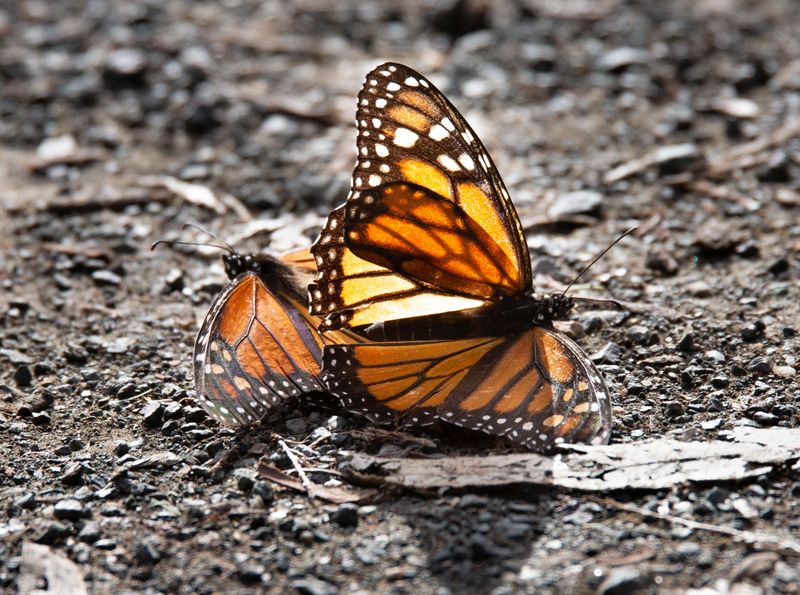
Habitat loss is one of the most pressing challenges for Monarchs. As forests are cleared and landscapes altered, these butterflies lose crucial breeding and feeding grounds. Envision a Monarch searching for milkweed, its primary food source, only to find barren land. Urban development and agriculture encroach on their environment, reducing the availability of essential resources. This loss not only impacts their migration but also threatens their very existence. The ongoing destruction of natural habitats serves as a stark reminder of the delicate balance between nature and human development.
The Role of Milkweed
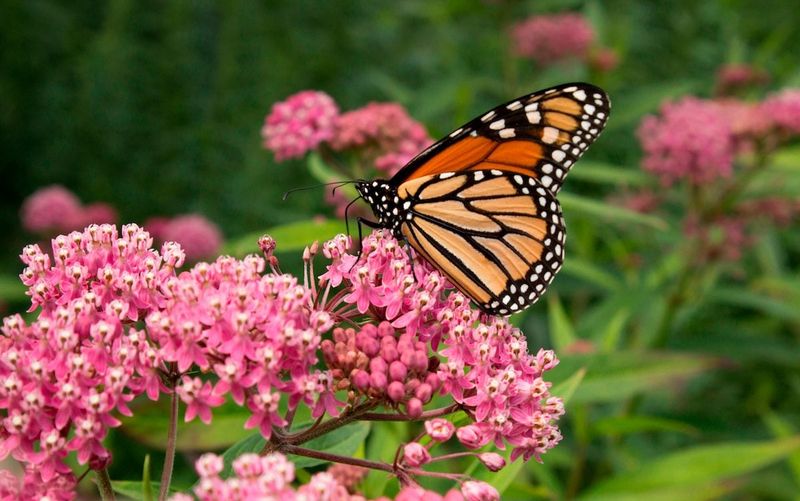
Milkweed plays a vital role in the life cycle of Monarchs. It’s the only plant where they lay their eggs, and it serves as the primary food source for their larvae. Imagine a Monarch delicately landing on a milkweed leaf, laying the foundation for the next generation. Without this plant, the species’ survival is at risk. Unfortunately, milkweed is often eradicated by pesticides and herbicides, further endangering the butterflies. Protecting and planting milkweed is crucial to sustaining the Monarch population, symbolizing hope and renewal for these remarkable insects.
Predators and Natural Threats
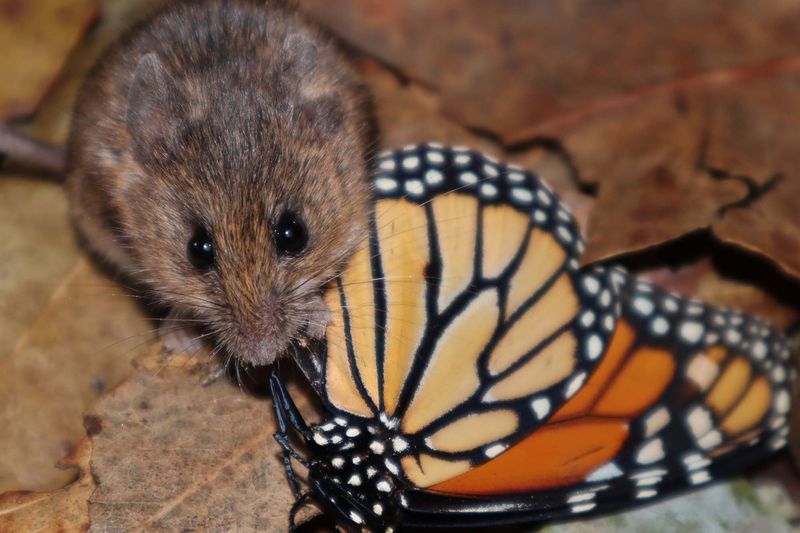
Monarch Butterflies face natural threats from predators like birds and lizards. Despite their bright orange wings, which signal toxicity, they are still preyed upon. Picture a Monarch deftly evading a bird, its wings fluttering rapidly to escape. These encounters are part of their daily struggles and a test of their survival skills. The presence of predators is a natural aspect of the ecosystem, but with other growing threats, it adds pressure on the Monarch population. The balance between predator and prey is vital for maintaining ecological harmony.
Conservation Efforts
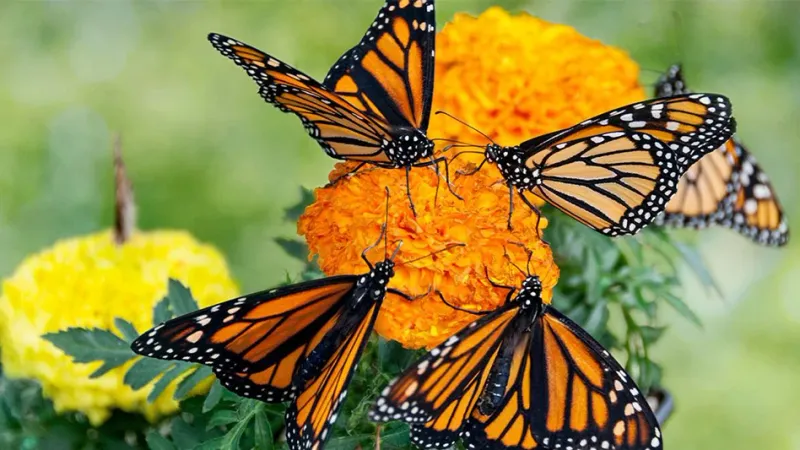
Conservation efforts are pivotal in securing the future of Monarchs. Across North America, communities engage in planting milkweed, restoring habitats, and raising awareness. Picture families and volunteers, hands deep in the earth, planting the seeds of survival. These actions foster hope and inspire broader environmental stewardship. Supporting Monarch conservation is a communal effort, reflecting our shared responsibility to protect our planet’s biodiversity. Through education and action, we can ensure that future generations witness the awe-inspiring journey of the Monarch Butterfly.

